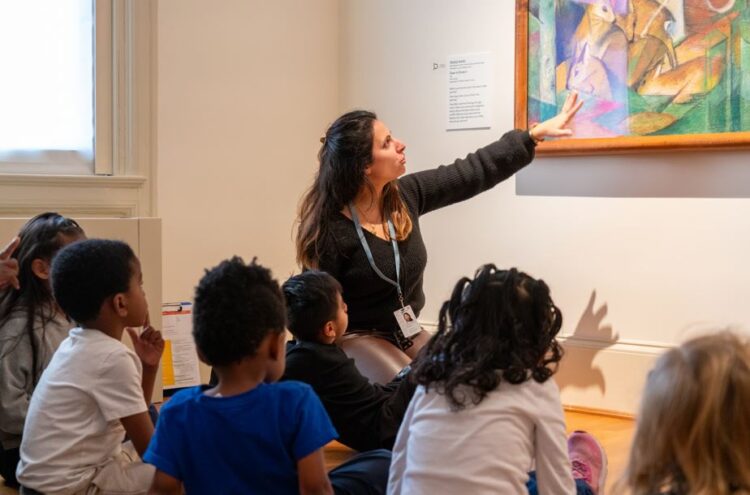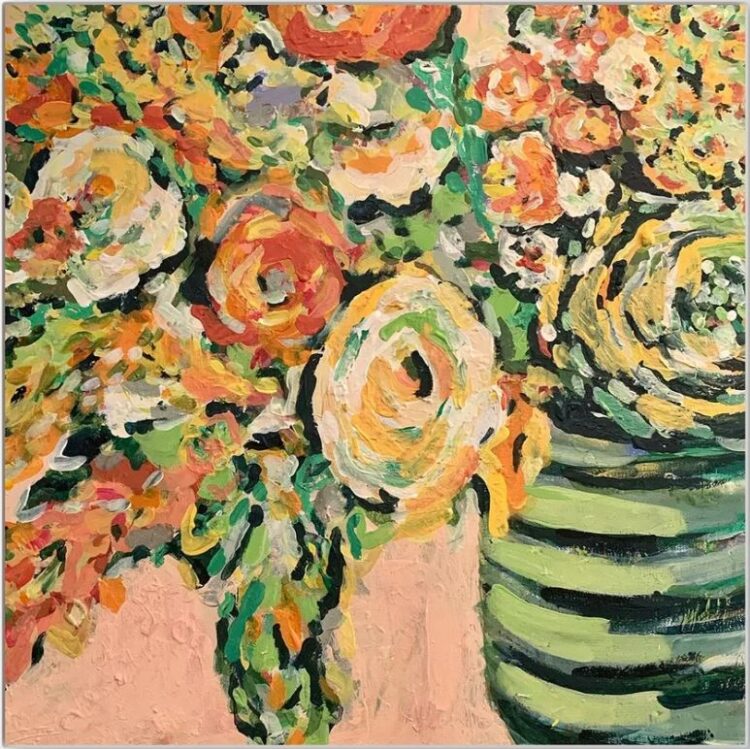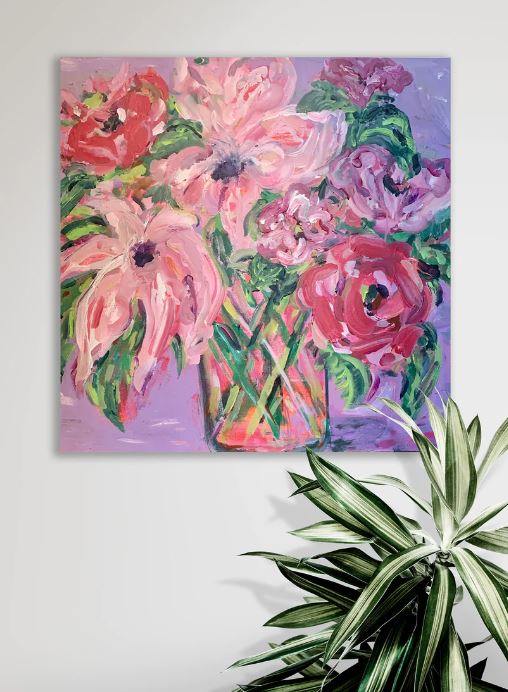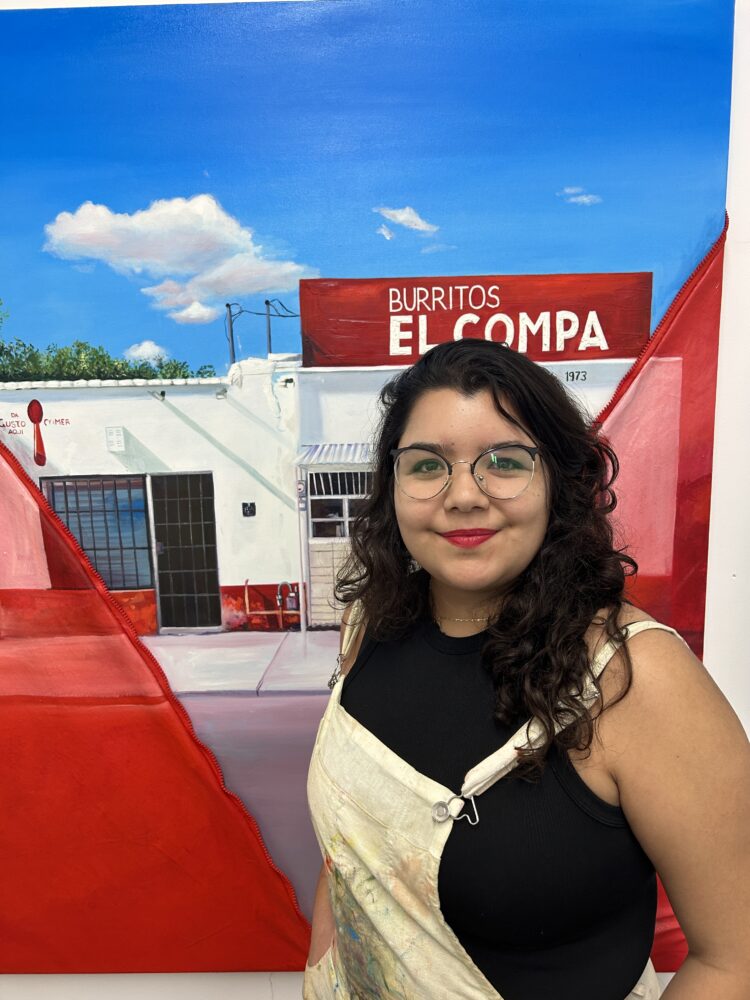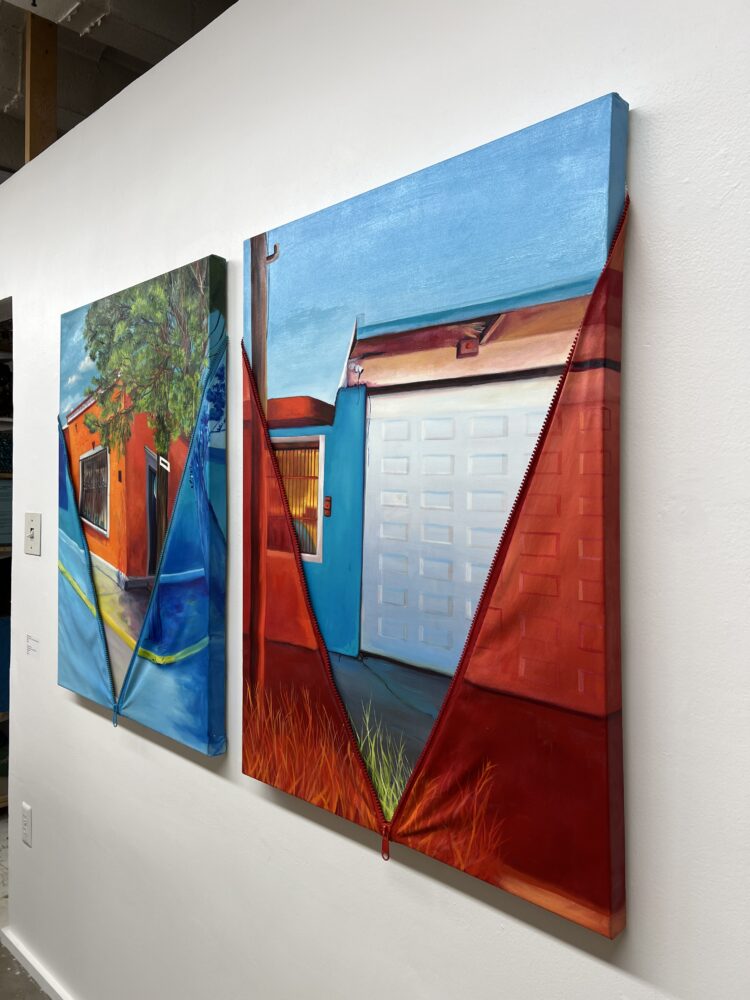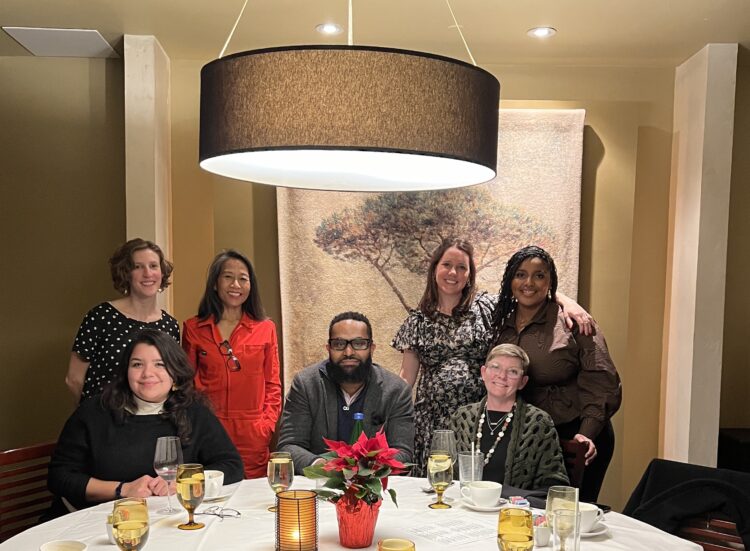Curated by Cory Lee Stowers, Executive Director of DC Murals, To the East: The Rise of Murals East of the River (on view at Phillips@THEARC through February 8, 2024) reveals important context to the purpose and practice of mural-making in Washington, DC, and beyond. The Phillips Collection Fellow Arianna Adade met with Cory Lee Stowers to discuss the exhibition and his work documenting murals in DC.
On January 27, join us at the Phillips for a conversation with Stowers and historian Kimberly Springle, authors of the book To the East.

Cory Stowers
In what ways do you believe To the East adds to the continuing dialogue about diversity and representation in the arts?
To The East adds to the ongoing conversation by establishing a point of origin for public murals in the U.S. while drawing a throughline from that origin point and contextualizing the practice concerning the murals of Washington, DC. Knowing the who, what, where, and why of public murals is extremely important. With this story, I hope to answer these questions for those interested in this public art genre.
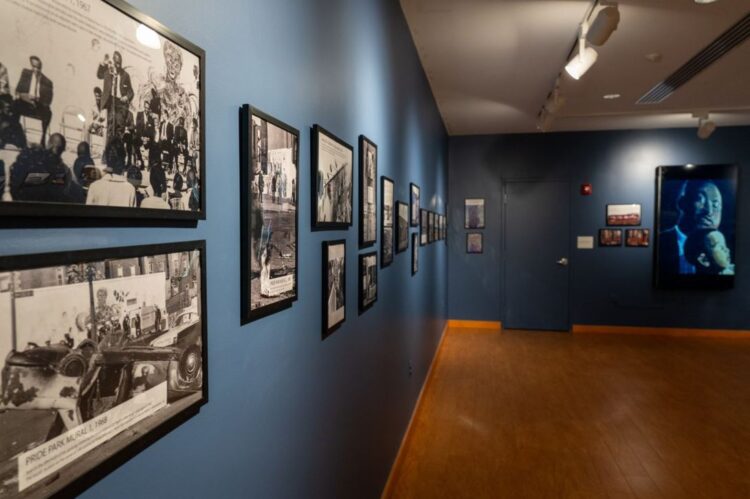
To the East features 40 photographs that document the mural movement East of the River.
Gentrification is an urgent concern in many cities, including Washington, DC. How can public art influence conversations around community change, and how do the murals in Wards 7 and 8 address or represent the complexity of gentrification?
While much of the exhibit is focused on the pre-2000s gentrification era, community change is very much at the story’s center. Because we have so many murals of all styles in the city, it isn’t easy to imagine life in DC without them, and even more difficult to pinpoint its genesis. My focus on the earliest murals east of the river is necessary and relevant because it highlights a period when the eastern wards were not a priority for public arts funding in the ways the western wards were. Additionally, it was primarily in the eastern wards where we saw murals created that aligned with the origins of public mural practice, i.e., community identity, upliftment of significant leaders, and an overall exploration of Black identity in visual arts. In the essay I have written for the exhibit, which will be made available in a printed book at the curator talk on January 27, I delve into the history of the quest to establish a uniquely Black American aesthetic in the visual arts, which emanated from Howard University and was debated by thought leaders over a three-decade period, which culminated in the first public mural in the U.S. that celebrated Black identity in figurative public art.
How does the exhibition relate to and represent the distinctive cultural and historical aspects of Wards 7 and 8 in DC in the context of public art? Are there any murals that reflect the narratives or histories in particular?
To The East represents a focus from within the Civil Rights generation to preserve the cultural history of the movement; many of the organizations and artists who participated in the murals we are displaying came of age in the movement and, in the following decades, were working actively to bring that cultural history into the community center. It is essential to know that these groundbreaking endeavors concerning art are being created for spaces with little to no public art, let alone culturally relevant art. So, the acts are historic even as they reflect on historical themes and figures. One of my favorite murals from the exhibit is River Terrace. This piece stands out to me because the people that Cheryl chose to paint in the composition are members of the River Terrace community who had been selected from community input and speak directly to the neighborhood’s cultural history.

Cheryl Foster, River Terrace, Benning Road NE near Kenilworth Avenue, Photo by Tom Allen, The Washington Post
Could you give insights into how murals allowed younger artists and more experienced artists to collaborate? How has this relationship influenced the exhibition’s artistic storytelling?
While we know that many young artists took part in creating these murals through the Summer Youth Employment Program, which is a primary factor in the essay narrative, there are no available records that can tell you who they were or what they ended up doing afterward; we do know from newspaper articles that many of the students who were interviewed found the experience fun and forged relationships with their mentor artists. Allen “Big Al” Carter stands out to me for the sheer number of student artists he interacted and worked with. There needs to be an effort to follow the available threads to see how this experience affected their lives after the program. I can tell you from my experience working with younger artists on my mural projects that the experience can be transformative and unlock possibilities they had not considered in terms of how they can use their artistry in service of the community.
Can you discuss your challenges or achievements throughout the curating process?
A big challenge has been contacting some of these artists 30+ years later. When I began assembling the exhibition, the story of Alexander J. Mattison Jr. was a gap in the timeline; while we could get some background on this influential artist, there was little to source from. I had been unsuccessfully looking for members of his family to connect with for several years. I resumed the search at the beginning of the year as I was preparing the text for the book printing, essentially cold calling anyone in the tri-state area with the same last name, and got no results. On the day I decided to move forward without contacting them, I received a text from Rik Freeman saying he had run into Alex’s granddaughter at the doctor’s office earlier that day! That has led to some great conversations with his son Alexander Mattison III and granddaughter Aniyas Washington, which has helped to tell the artist’s story more profoundly. Rik Freeman has also been instrumental in bringing forth Richard Ward; before the exhibit research, we had Ward’s work archived without attribution. Freeman got us in contact with Richard Ward, and now he is included and involved with what we are doing. It has been amazing getting to know him and his work. I would say that for all of the artists included in this exhibition, getting to know them directly after seeing their work on the streets for so many years has been my greatest joy; their works and stories are woven into the fabric of our city and deserve all of the light and love we can project onto them.
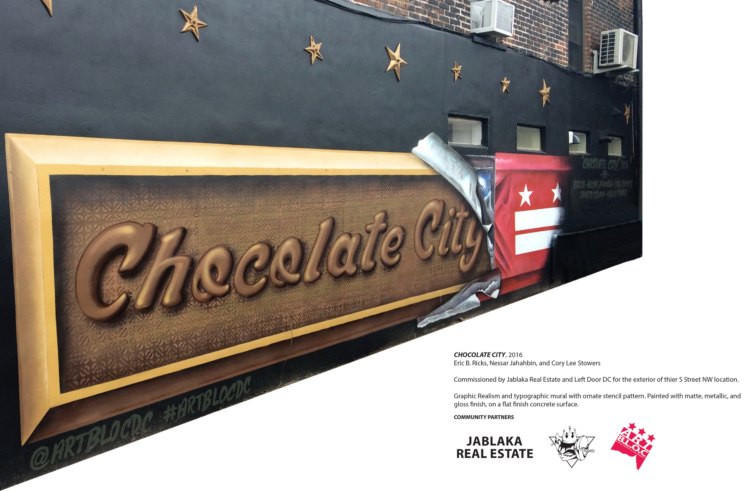
Eric B. Ricks, Nessar Jahahbin, and Cory Lee Stowers, Chocolate City, 2016, Commissioned by Jablaka Real Estate and Left Door DC for the exterior of their S Street NW location, Graphic Realism and typographic mural with ornate stencil pattern. Painted with matte, metallic, and gloss finish concrete surface.
